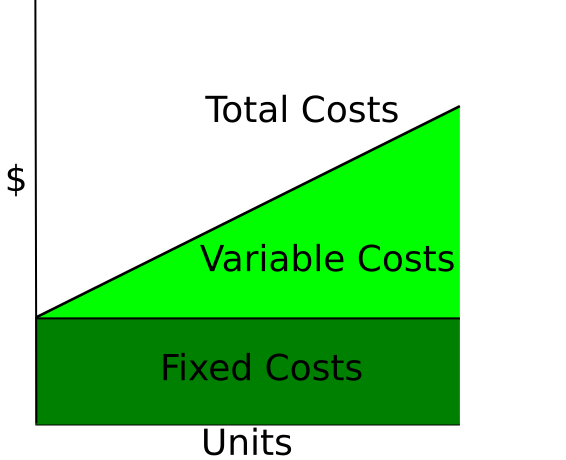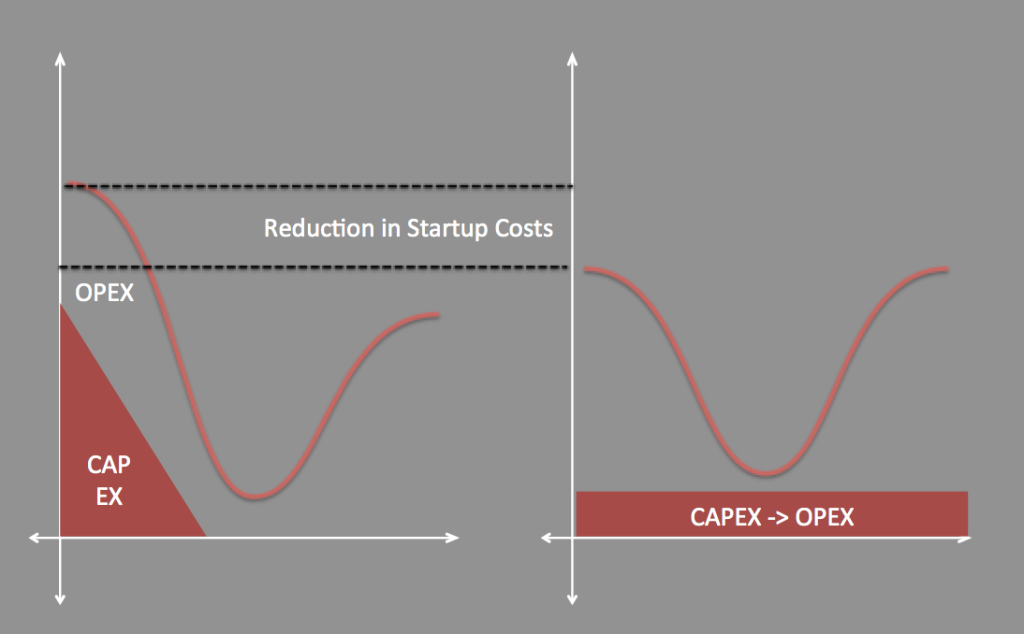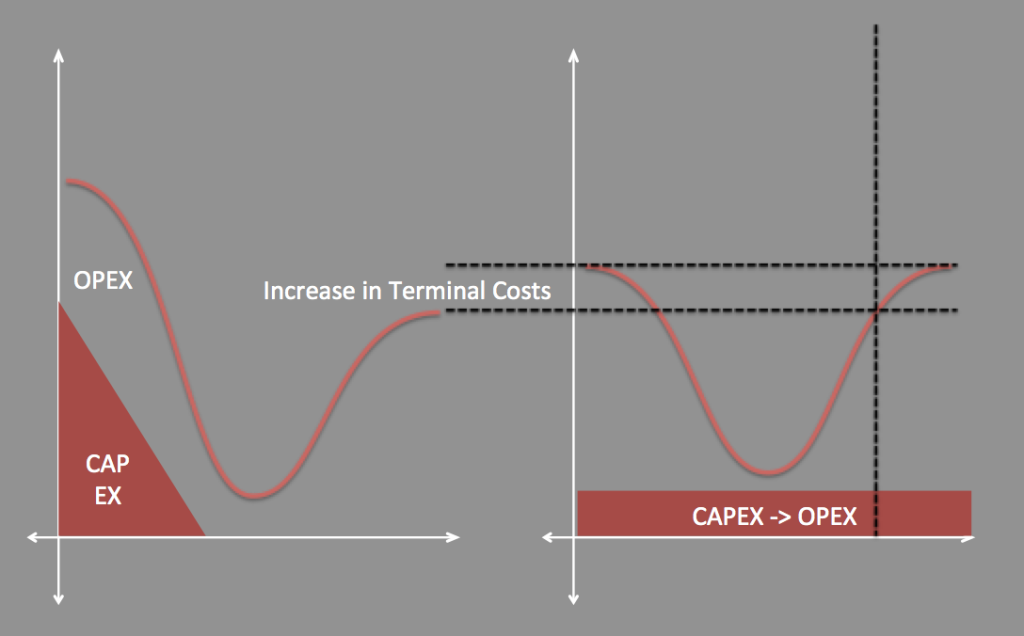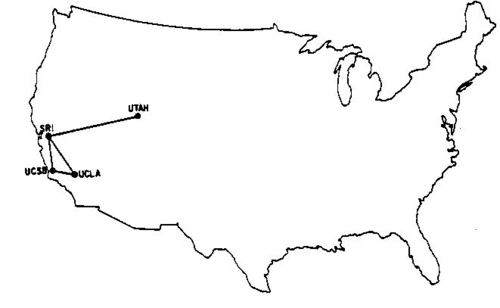I’ve been asked by a number of people what is this “Internet of Things?” So, here’s a draft. Where do you disagree?
What if everything could share information?
Internet of things is making sharing information simple by bringing the network capabilities of computers to anything and everything.
Who knows what will happen in uses? Maybe it’s essential that Netflix pauses when the dryer finishes it’s cycle so you know to fold laundry before it wrinkles. But, big opportunities in “quantified self, ” home automation, retail supply chain (hey, I’m expired!), medical treatment, etc.
Basically, if intercommunication is so cheap that you can collect information from everything and take action on anything, what could you do with it?
Many technical revolutions fall into two categories: look what we can do that could never be done before, and look now it’s so cheap that everything can use it. (it’s really a continuum, but that’s “crossing the chasm,” etc).
Twine is smart because they make it simple to add basic functionality in this direction to existing stuff, so lowers the barriers to get started. Since it’s a new idea, we have no idea what all of the possibilities are, they make it simple for consumers to experiment.
Medication examples :
I want my pill bottle to tell my phone to have an alarm to remind me to take the drugs when my phone recognizes I’ve walked into the cafeteria.
I want my pill bottle to keep track of how many pills I have left. I want my phone to track this and remind me to refill early because it has my calendar and sees I have a trip coming up.
I always put stuff down, and can’t find it. I want my phone to ask my home alarm system where my pill bottle is.
I remember taking a pill, but can’t remember if that was today or yesterday. My pill bottle knows.
Drugs expire, send an email.
Drugs see what other drugs are in your medicine cabinet, that are yours (not the spouses) and checks for interactions you forgot to tell your pharmacist about.
Drugs reaching limits of storage temp (power failure?), send a notification.





